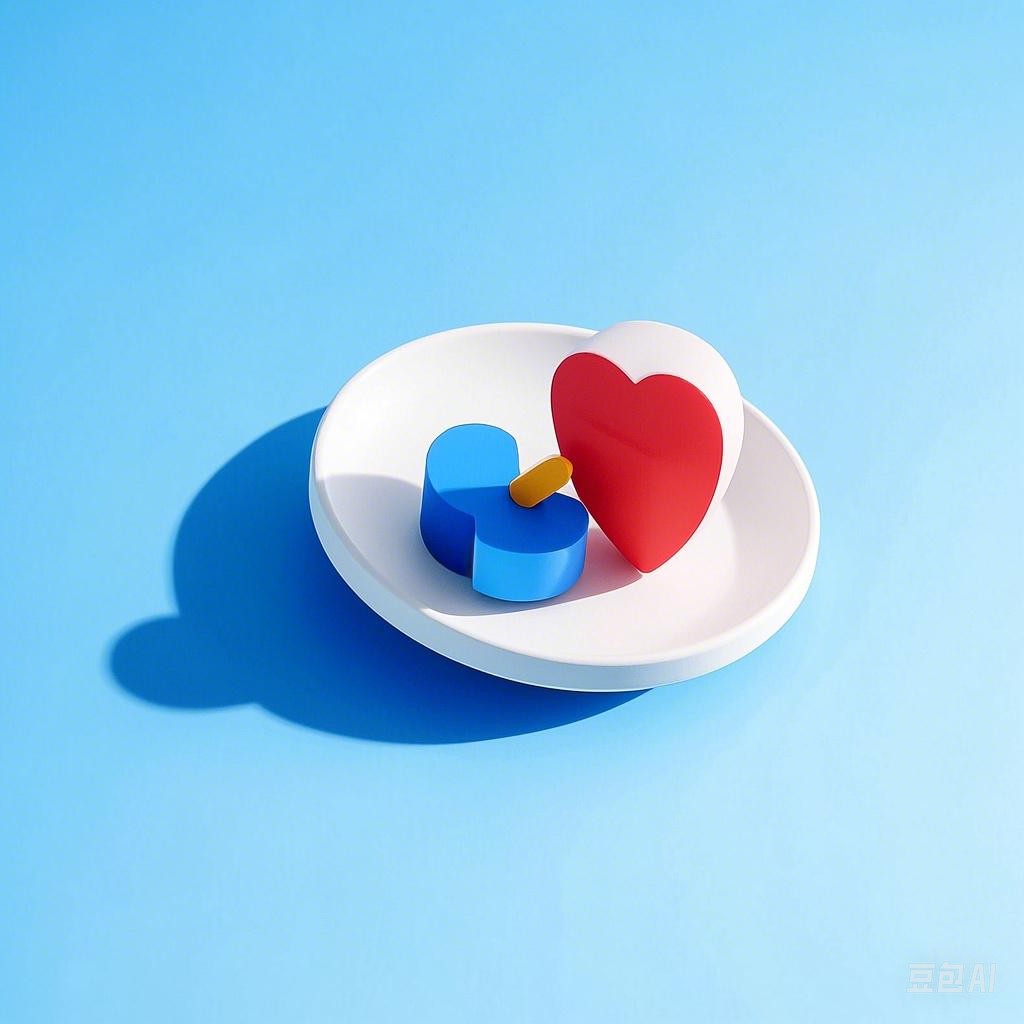在数字媒体和视觉艺术领域,特效一直是吸引观众眼球的关键因素。随着技术的发展,特效的种类和形式也在不断丰富。本文将带您探索一些小众而炫酷的特效,这些特效不仅能够为您的项目增添独特的视觉魅力,还能解锁全新的视觉体验。
一、动态纹理
动态纹理是一种通过动态变化来模拟真实世界纹理的特效。这种特效通常用于游戏、动画和视频制作中,能够为场景增添更多的真实感和生动性。
1.1 技术原理
动态纹理通常基于物理引擎,通过模拟光线、阴影和反射等自然现象来生成纹理。以下是一个简单的动态纹理生成代码示例:
# Python代码示例:动态纹理生成
import numpy as np
import matplotlib.pyplot as plt
def generate_dynamic_texture(size):
texture = np.zeros((size, size, 3))
for i in range(size):
for j in range(size):
# 模拟光照效果
intensity = np.sqrt((i - size / 2) ** 2 + (j - size / 2) ** 2)
texture[i, j] = (intensity, intensity, intensity)
plt.imshow(texture)
plt.show()
generate_dynamic_texture(100)
1.2 应用场景
动态纹理可以应用于各种场景,如:
- 游戏中的角色服装
- 动画电影中的背景纹理
- 视频制作中的装饰元素
二、粒子系统
粒子系统是一种通过模拟大量粒子运动来创造视觉效果的技术。这种特效可以用于模拟火焰、烟雾、雨滴等自然现象,也可以用于创造独特的艺术效果。
2.1 技术原理
粒子系统通过定义粒子的生命周期、运动轨迹和颜色变化等属性来模拟真实世界的粒子现象。以下是一个简单的粒子系统代码示例:
// JavaScript代码示例:粒子系统
class Particle {
constructor(x, y, color) {
this.x = x;
this.y = y;
this.color = color;
this.size = 5;
this.velocity = { x: (Math.random() - 0.5) * 2, y: (Math.random() - 0.5) * 2 };
}
update() {
this.x += this.velocity.x;
this.y += this.velocity.y;
this.size -= 0.1;
}
draw(context) {
context.beginPath();
context.arc(this.x, this.y, this.size, 0, Math.PI * 2);
context.fillStyle = this.color;
context.fill();
}
}
function create_particles() {
const particles = [];
for (let i = 0; i < 100; i++) {
particles.push(new Particle(50, 50, 'red'));
}
return particles;
}
function animate_particles(particles) {
const canvas = document.getElementById('canvas');
const context = canvas.getContext('2d');
canvas.width = window.innerWidth;
canvas.height = window.innerHeight;
function loop() {
context.clearRect(0, 0, canvas.width, canvas.height);
particles.forEach(particle => {
particle.update();
particle.draw(context);
});
requestAnimationFrame(loop);
}
loop();
}
const particles = create_particles();
animate_particles(particles);
2.2 应用场景
粒子系统可以应用于以下场景:
- 游戏中的特效
- 动画电影中的场景渲染
- 视频制作中的背景元素
三、光晕效果
光晕效果是一种模拟光线在物体表面反射、折射和散射的特效。这种特效可以用于增强场景的氛围和视觉冲击力。
3.1 技术原理
光晕效果通常通过模拟光线传播过程中的衰减、颜色变化和模糊等效果来实现。以下是一个简单的光晕效果代码示例:
<!DOCTYPE html>
<html>
<head>
<title>光晕效果示例</title>
<style>
canvas {
width: 100%;
height: 100vh;
background: black;
}
</style>
</head>
<body>
<canvas id="canvas"></canvas>
<script>
const canvas = document.getElementById('canvas');
const context = canvas.getContext('2d');
function create_halo() {
const halo = {
x: canvas.width / 2,
y: canvas.height / 2,
radius: 100,
color: 'white',
alpha: 1
};
return halo;
}
function draw_halo(halo) {
context.beginPath();
context.arc(halo.x, halo.y, halo.radius, 0, Math.PI * 2);
context.fillStyle = `rgba(${halo.color[0]}, ${halo.color[1]}, ${halo.color[2]}, ${halo.alpha})`;
context.fill();
}
function animate_halo(halo) {
halo.alpha -= 0.01;
if (halo.alpha <= 0) {
halo = create_halo();
}
draw_halo(halo);
requestAnimationFrame(() => animate_halo(halo));
}
const halo = create_halo();
animate_halo(halo);
</script>
</body>
</html>
3.2 应用场景
光晕效果可以应用于以下场景:
- 游戏中的角色技能效果
- 动画电影中的场景渲染
- 视频制作中的背景元素
四、总结
小众炫酷特效为数字媒体和视觉艺术领域带来了无限可能。通过学习和掌握这些特效,您可以为自己的项目增添独特的视觉魅力,并解锁全新的视觉体验。希望本文能为您提供一些灵感和指导。
